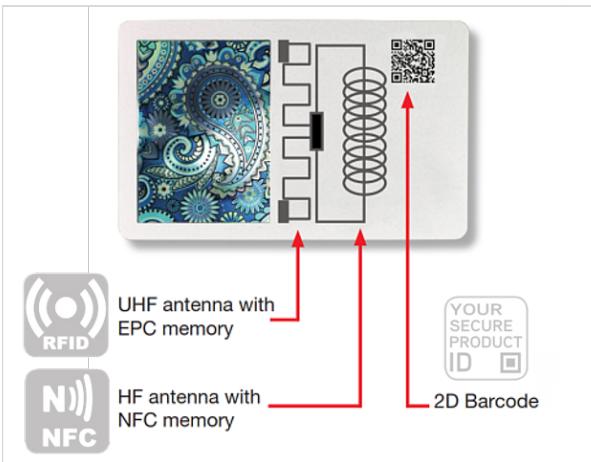2.3 Nuclear and other analytical techniques
Step 3 – Expansion of e-commerce market through the creation of a Super E-food app. Step 4 – Creation of dedicated social network groups/pages to sell fraudulent products to final customers.
2.3 Nuclear and other analytical techniques This part of the report is dedicated to analysing the potential contribution to the fight against food fraud and food counterfeiting which can be achieved by using technologies aimed at examining the composition of the food product itself. By looking into its organic and chemical properties, these technologies are capable of telling if the food product is genuine or not. If compared to supply chain security solutions, these technologies come into play at a different stage, when the supply chain has already been breached or when there is suspicion that a breach occurred. The result of the analysis can not only determine if the breach happened but can also provide important indications on the composition of the fraudulent product. The latter, when coupled with a series of analysis on suspect infringing goods, can help tracing back the origin of the fraud, while results can also be brought in court by forensic experts to provide evidence of who was responsible for the illegal actions. Also, in this case, the discussion on the possible use of these technologies will be done through concrete examples that were collected by UNICRI through its call for submissions. As will be presented in the next paragraphs, there is a wide range of technologies that can be used to analyse food composition for forensic purposes. These include a stable isotope analysis and X-ray fluorescence (XRF), Accelerator Mass Spectrometry (AMS), PIXE (Particle-Induced X-ray Emission), RBS (Rutherford Backscattering Spectrometry), Ion Microprobe and MeV- SIMS (Secondary Ion Mass Spectrometry with MeV ions), Fourier Transform InfraRed (FTIR) spectroscopy O-PTIR (Optical-Photothermal InfraRed) spectroscopy, portable Near InfraRed (NIR) or RAMAN spectrometers. Notwithstanding this, it is already possible to present some general interesting features which are intrinsic to these solutions, such as: Unique result of the analysis: Geographical and environmental conditions ultimately control the elemental and isotopic makeup of a product. Nuclear techniques can determine the intrinsic isotopic and elemental fingerprints in the samples, with greater detail and accuracy than conventional methods (i.e., morphological traits, fatty acid analysis, DNA profiling, etc.). Accountability: These techniques provide accountability through the analysis of the origin and quality of the product, which may act as a deterrent to fraudulent practices. Detection: In the case of non-targeted methods, they are particularly useful for the detection of food adulteration because of the high number of potential adulterants that a sample can contain and because they may be adulterated with compounds not yet discovered. New adulterants that were previously unknown can be discovered simply based on an aberration of the spectrum, that is then investigated to identify what caused the aberration. Accurate and well-established techniques: The methodology used by these techniques is highly sensitive, accurate and has been validated by a wide scientific literature. The use of the technology in other areas
60











